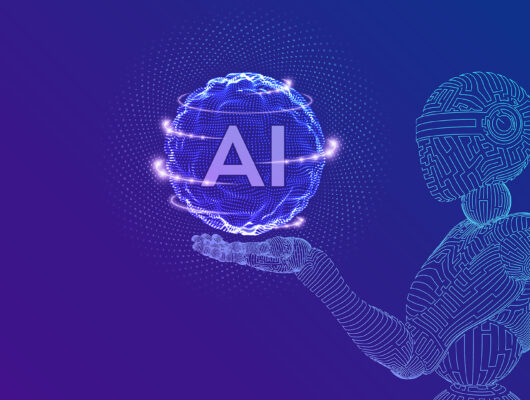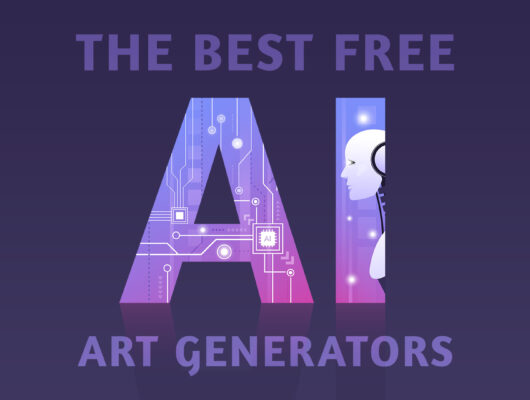Artificial intelligence (AI) is the ability of a computer or machine to perform tasks that would normally require human intelligence, such as learning, problem solving, and decision making. AI systems can be trained to perform a wide range of tasks, from simple and repetitive tasks, to complex and sophisticated tasks that require a high level of cognitive ability.
There are several different types of Artificial Intelligence (AI), including:
Rule-based AI: This type of AI follows a set of predetermined rules to make decisions or solve problems. It is the most basic form of AI and is used in simple tasks like data classification or identification of patterns.
Machine learning AI: This type of AI uses algorithms and statistical models to learn from data and improve its performance over time. It does not require explicit programming and can adapt to new situations and learn from new data.
Deep learning AI: This type of AI uses artificial neural networks, which are inspired by the structure and function of the human brain, to process and analyze data. Deep learning AI is particularly effective at tasks that require a high level of cognition, such as image and speech recognition.
AI has the potential to revolutionize many fields and industries, including healthcare, finance, transportation, and education. However, the development and use of AI also raises ethical and social issues, including concerns about job displacement and the potential for AI to be used in harmful ways.
What are The 4 Types of AI?
There are several different types of artificial intelligence (AI), and the specific classification of AI types can vary depending on the source. Here are four common categories of AI:
- Reactive AI: This type of AI is the most basic form of AI and is limited to performing tasks based on existing data and rules. It does not have the ability to learn or adapt to new situations, and it does not have a memory.
- Limited memory AI: This type of AI has a limited memory and can use past experiences to inform future decision making. For example, a self-driving car with limited memory AI can use data about past traffic patterns and road conditions to make decisions about how to navigate in the present.
- Theory of mind AI: This type of AI is able to understand and infer the mental states and intentions of other agents, such as humans or other machines. This type of AI is still in the early stages of development and is not yet widely available.
- Self-aware AI: This type of AI is capable of self-awareness and has the ability to introspect and understand its own mental states and motivations. This type of AI is not yet possible with current technology.
There are also many other ways to classify AI, such as by the level of automation, the type of task it is designed to perform, or the type of machine learning algorithm it uses.
What is The Main Idea of Artificial Intelligence?
The main idea of artificial intelligence (AI) is to develop computer systems and machines that can perform tasks that would normally require human intelligence, such as learning, problem solving, and decision making. AI systems are designed to mimic the cognitive abilities of humans, such as the ability to understand and process language, recognize patterns, and make decisions based on incomplete or uncertain information.
The goal of AI is to enable machines to perform tasks that are normally associated with human intelligence, such as learning from experience, adapting to new situations, and making decisions based on incomplete or uncertain information. AI can be used in a wide range of applications, from simple and repetitive tasks, to complex and sophisticated tasks that require a high level of cognitive ability.
AI has the potential to revolutionize many fields and industries, including healthcare, finance, transportation, and education. However, the development and use of AI also raises ethical and social issues, including concerns about job displacement and the potential for AI to be used in harmful ways.
What is Artificial Intelligence Examples?
There are many examples of artificial intelligence (AI) in use today. Some examples include:
- Personal assistants: Virtual personal assistants, such as Apple’s Siri or Amazon’s Alexa, use AI to understand and respond to voice commands.
- Self-driving cars: AI is used to process data from sensors and cameras to navigate and make decisions in autonomous vehicles.
- Fraud detection: AI algorithms can be trained to analyze patterns in financial transactions and detect potentially fraudulent activity.
- Medical diagnosis: AI systems can analyze medical images and data to assist with diagnosis and treatment recommendations.
- Spam filtering: AI algorithms can be trained to recognize spam emails and filter them out of a user’s inbox.
- Online recommendations: AI algorithms can analyze a user’s online behavior and make recommendations for products or content based on their interests.
- Social media moderation: AI can be used to help moderate content on social media platforms by identifying and flagging inappropriate or offensive material.
These are just a few examples of the many ways that AI is being used today. AI has the potential to revolutionize many fields and industries, and it is likely that we will see even more widespread adoption of AI in the future.
If you are interested in learning more about AI, feel free to read our article The Best Free AI Art Generators.








